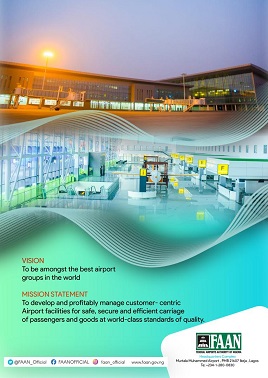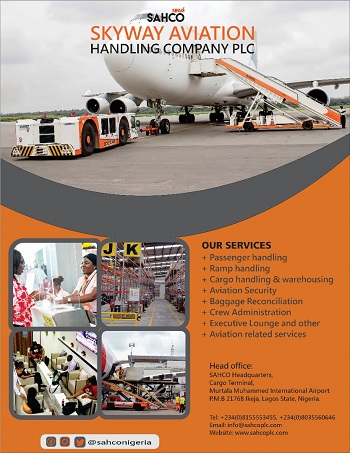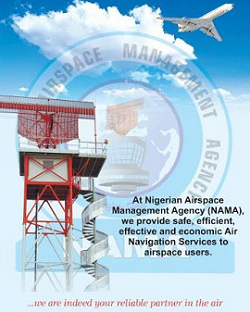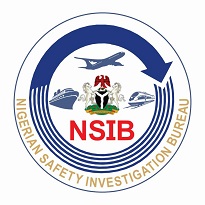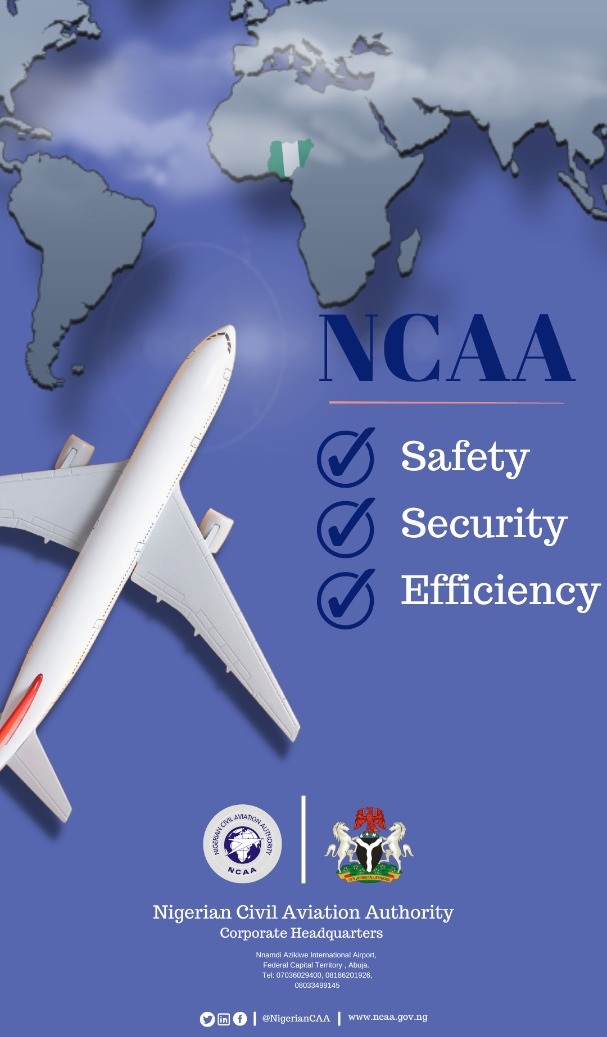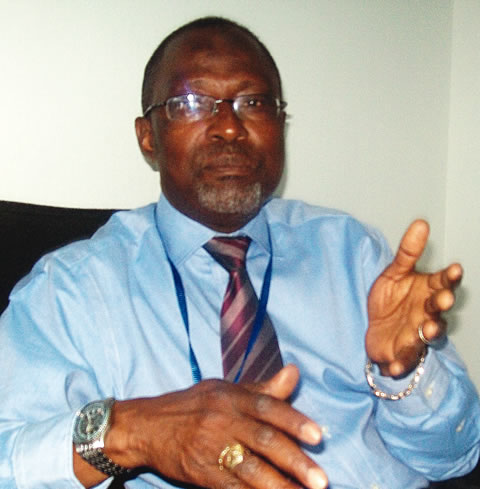
Managing Director, Nigerian Airspace Management Agency (NAMA)
Managing Director of the Nigeria Airspace Management Agency (NAMA), Captain Fola Akinkuotu has accepted that radio communication over the Nigerian airspace remains a challenge despite efforts put in place to resolve it.
Akinkuotu made this known today at an Air Traffic Controllers (ATC)/ Pilot Interactive Session with theme: Enhancing Safety of Flight Operations organised by Nigerian Air Traffic Controllers’ Association (NATCA) in collaboration with the Flight Crew Association of Nigeria (FCAN) and National Association of Aircraft Pilots and Engineers (NAAPE).
According to Akinkuotu, part of the job of the airspace management agency is provision of communication in the airspace but the agency is yet to achieve that 100%.
He said, “Radio communication today is not the best. I have spent two years in NAMA and I thought I would have fixed this problem but I haven’t. Effort is being made and we are not going to stop because any air traffic communication that is not crisp clear is a recipe for confusion.
“In the South East, a lot of pilots have had to step on each other and ATCs because of poor communication and if you are foreign to the clime, that may make you categorize our airspace as unsafe.
“I work for NAMA. Part of NAMA’S job is communication but we have not achieved what we set out to do. And so we are asking feedback from the users. We are not afraid of criticism but we enjoin you to make it civil. We beg, we implore, we beseech in the interest of safety to take things seriously and for our pilots to be more patient and understanding with the ATCs.”
Corroborating, President NATCA, Abayomi Agoro on his part said commercial flight operations without communication between the pilots in the cockpit and controllers in the towers, the consequences are grim and better unimagined.
“The present Controller-Pilot VHF Communication coverage of Nigeria’s airspace is a far cry from the required international standard but it is still work in progress with NAMA. Over the years, it has been quite herculean for Air Traffic Controllers to communicate effectively with pilots.
He further went to enumerate some other challenges that are worthy of note including the deplorable state of some Control Towers.
“At the risk of sounding repetitive, it is important to mention it again that the Control Towers at the following locations: Kaduna, Maiduguri, Ilorin, Yola, Sokoto, Benin, Katsins are in very deplorable state.
“The case of Abuja Tower Elevator that suddenly dropped from the topmost floor to the ground is a sore point in Nigeria’s aviation industry. Even more worrisome i the threat of health hazard to ATCs who go through agony climbing 232 flights of stairs on a daily basis.
Agoro also decried loss of revenue in foreign exchange by NAMA because aircraft avoid the airspace to operate in contiguous airspace.
He also decried the limited number of ATCs in the country to effectively man all the ATC units across the country hampering service delivery and leading to the overworking of staff that may have safety implication.
Speaking earlier, Representative of Director General Nigeria Civil Aviation Authority (NCAA), Director of training, Captain Abdullahi Sidi said the opportunity to gather the major players and positively discuss safety and proffer solutions to mitigate the problems faced in the system.


